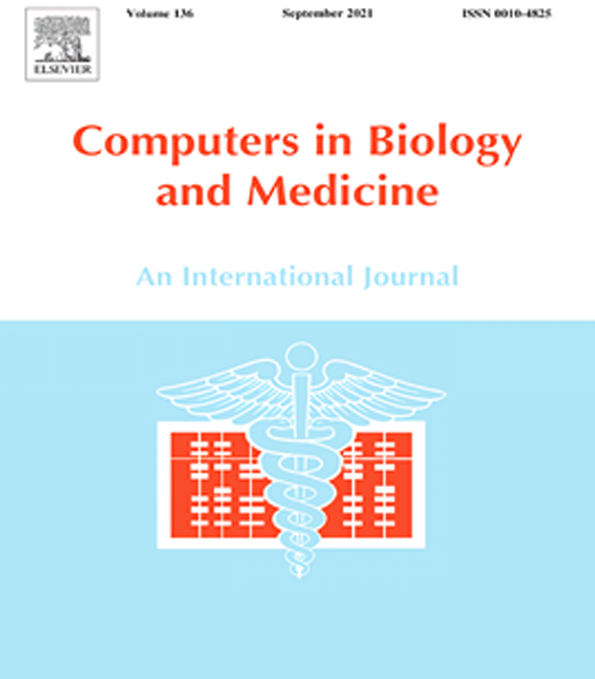
2020
Toward automated severe pharyngitis detection with smartphone camera using deep learning networks
Abstract
Purpose:
Severe pharyngitis is frequently associated with inflammations caused by streptococcal pharyngitis, which can cause immune-mediated and post-infectious complications. The recent global pandemic of coronavirus disease (COVID-19) encourages the use of telemedicine for patients with respiratory symptoms. This study, therefore, purposes automated detection of severe pharyngitis using a deep learning framework with self-taken throat images.
Methods:
A dataset composed of two classes of 131 throat images with pharyngitis and 208 normal throat images was collected. Before the training classifier, we constructed a cycle consistency generative adversarial network (CycleGAN) to augment the training dataset. The ResNet50, Inception-v3, and MobileNet-v2 architectures were trained with transfer learning and validated using a randomly selected test dataset. The performance of the models was evaluated based on the accuracy and area under the receiver operating characteristic curve (ROC-AUC).
Results:
The CycleGAN-based synthetic images reflected the pragmatic characteristic features of pharyngitis. Using the synthetic throat images, the deep learning model demonstrated a significant improvement in the accuracy of the pharyngitis diagnosis. ResNet50 with GAN-based augmentation showed the best ROC-AUC of 0.988 for pharyngitis detection in the test dataset. In the 4-fold cross-validation using the ResNet50, the highest detection accuracy and ROC-AUC achieved were 95.3% and 0.992, respectively.
Conclusions:
The deep learning model for smartphone-based pharyngitis screening allows fast identification of severe pharyngitis with a potential of the timely diagnosis of pharyngitis. In the recent pandemic of COVID-19, this framework will help patients with upper respiratory symptoms to improve convenience in diagnosis and reduce transmission
링크 연결 : https://www.sciencedirect.com/science/article/abs/pii/S0010482520303115
출처 : Computers in biology and medicine
 NEWS & BLOG
NEWS & BLOG
 NEWS & BLOG
NEWS & BLOG
